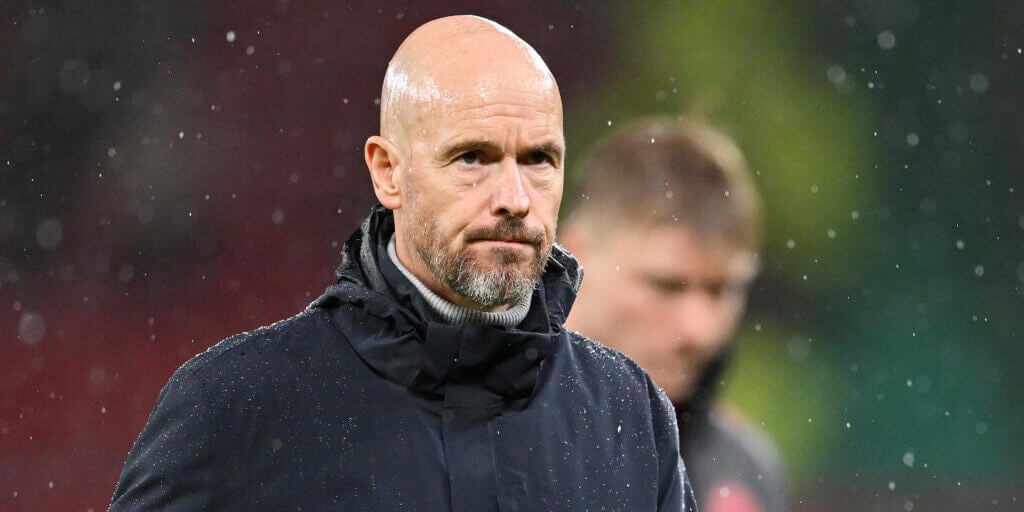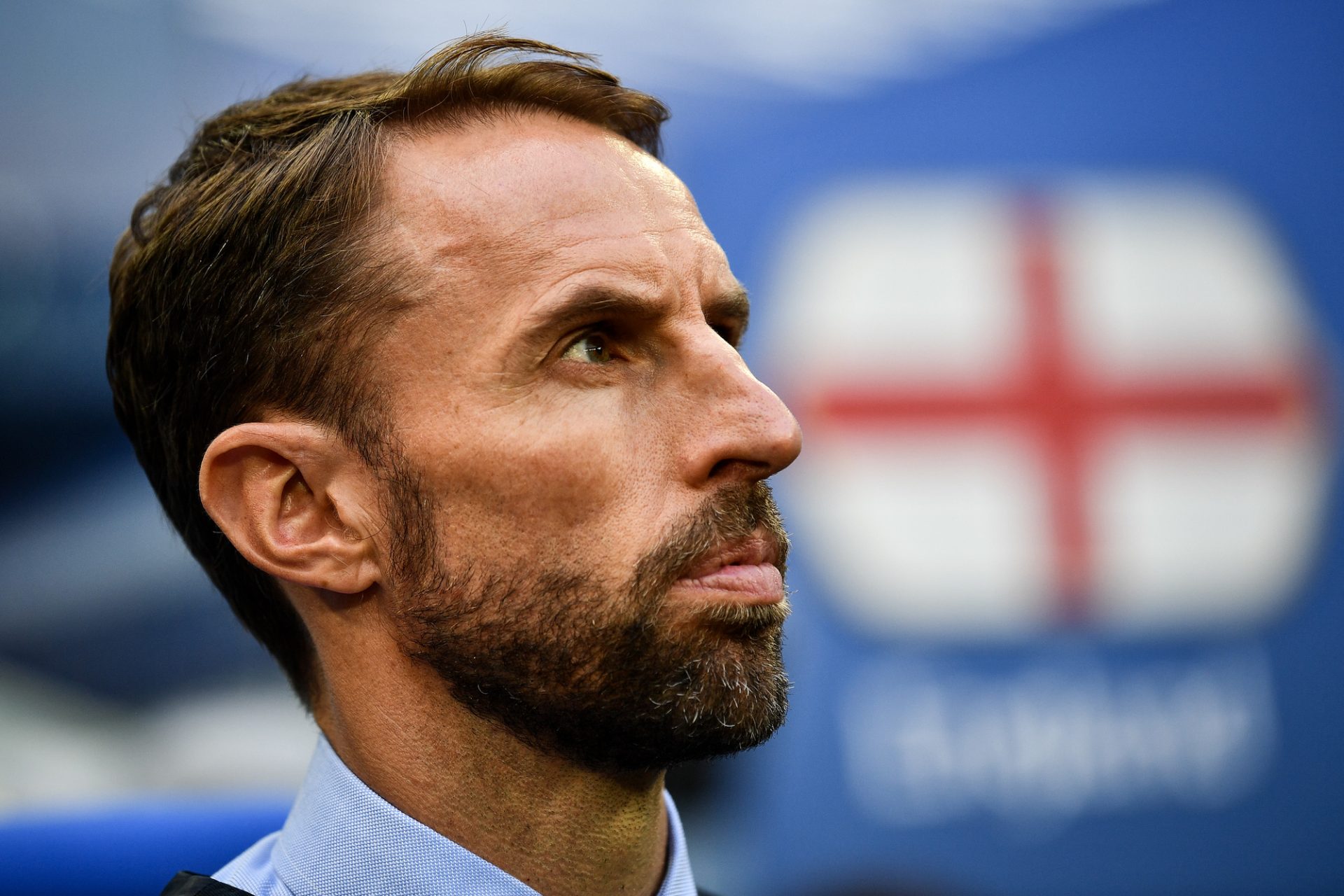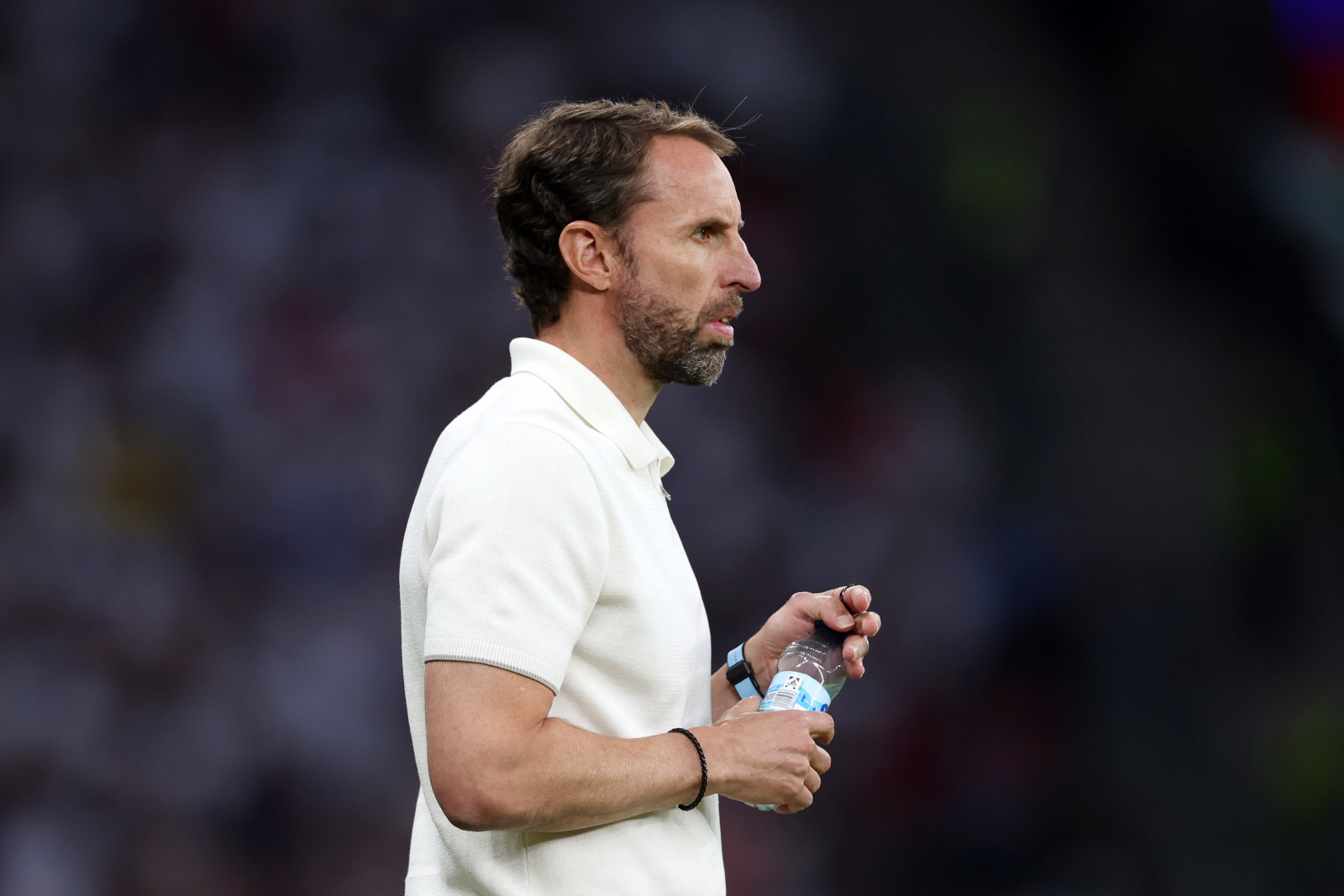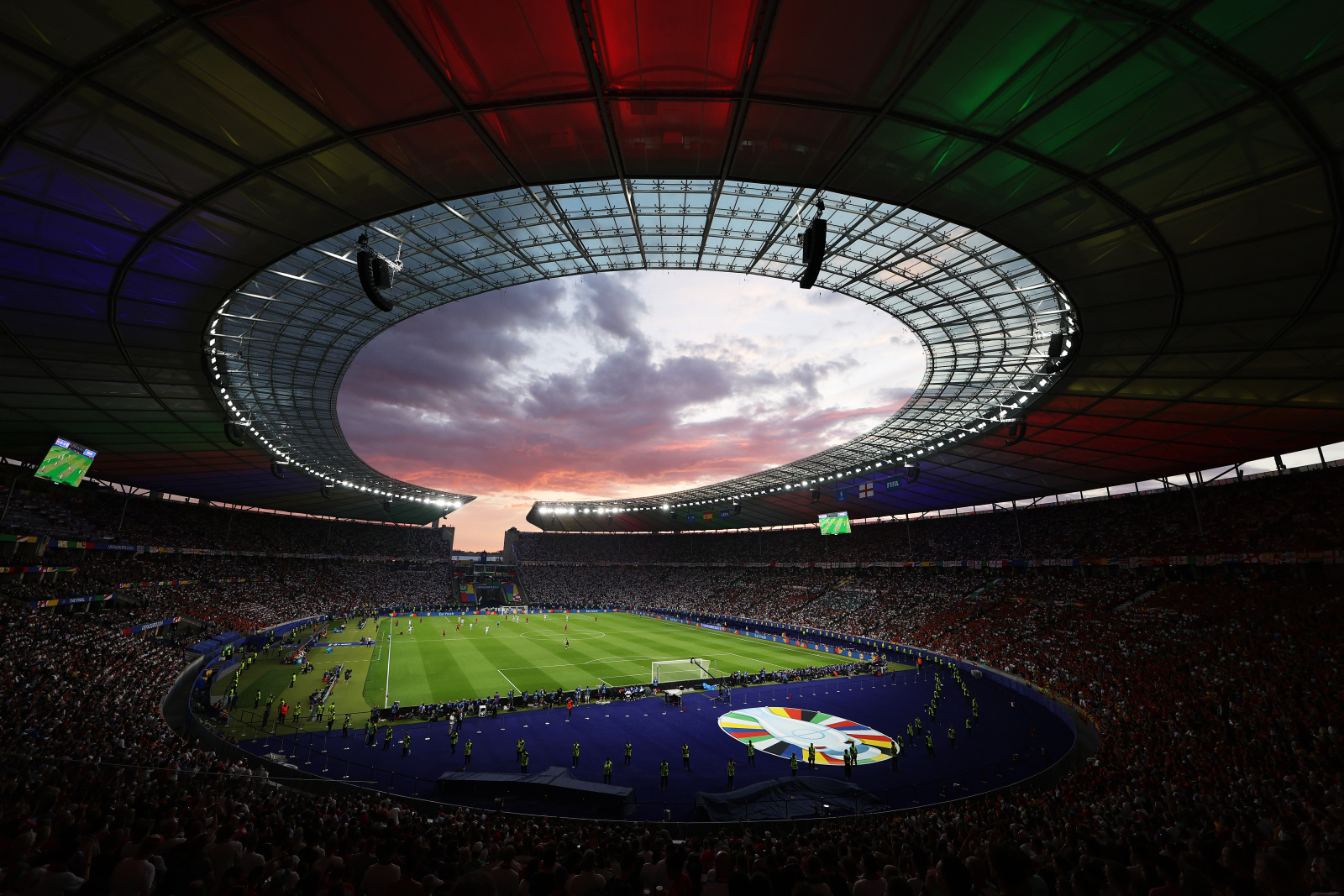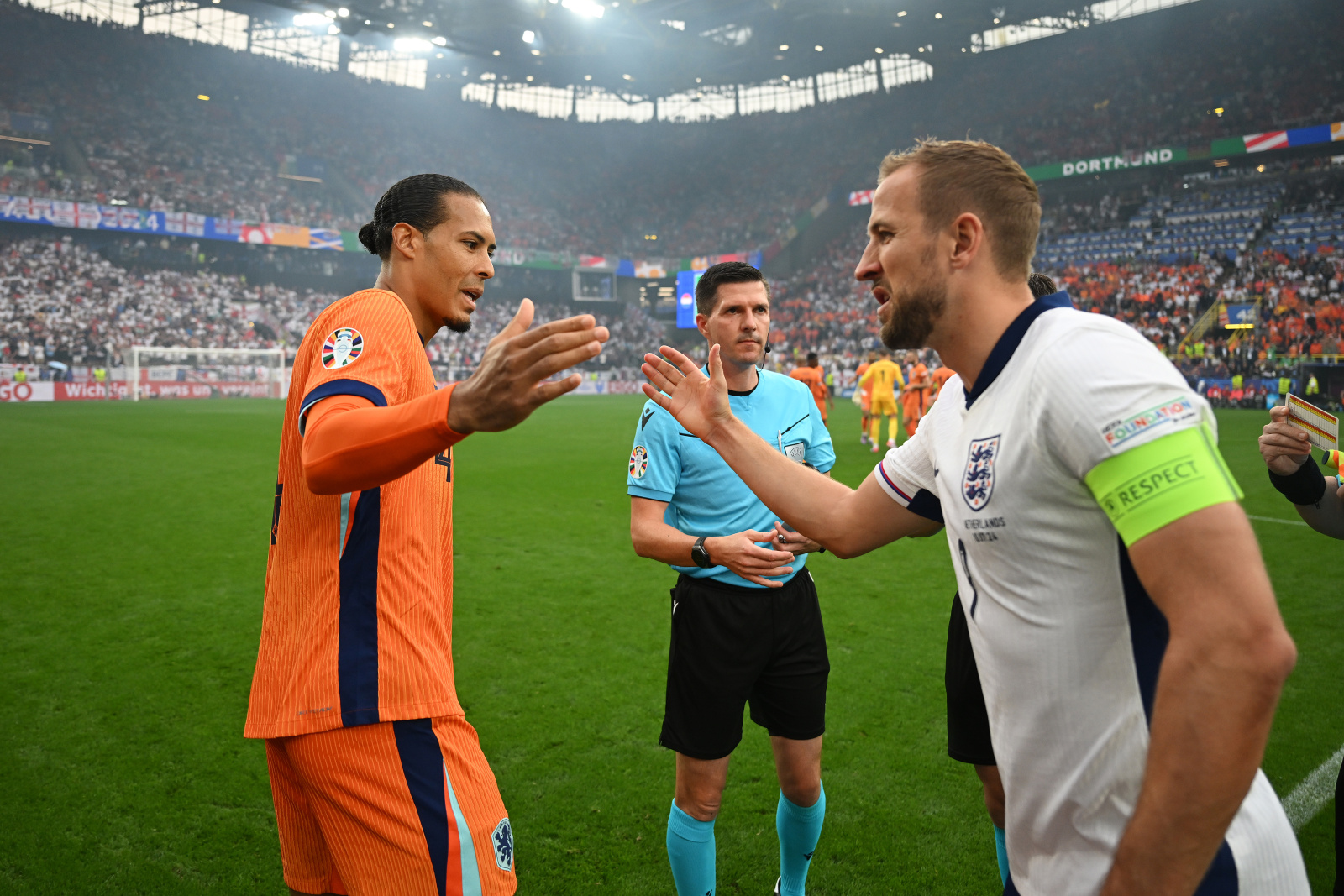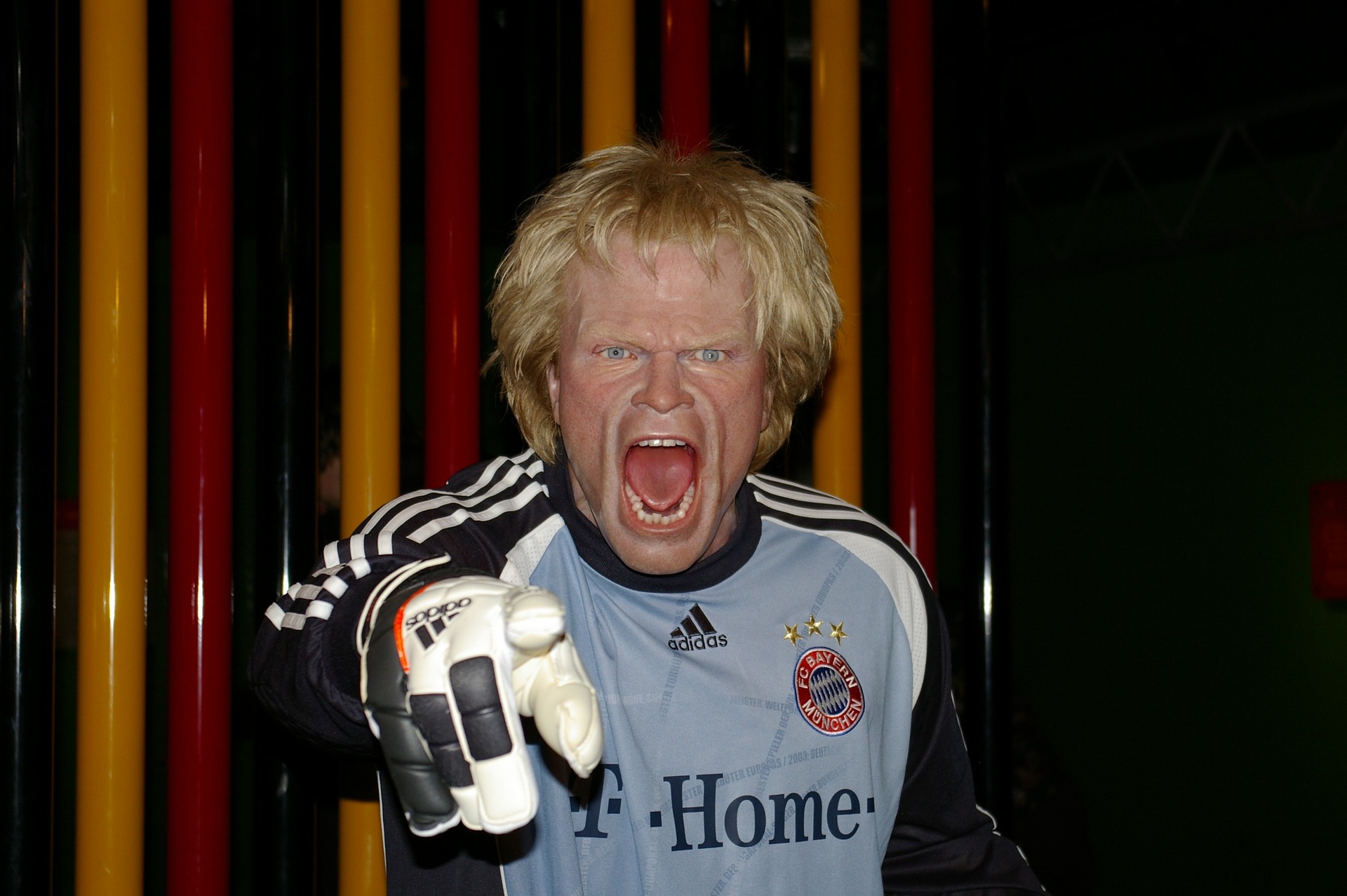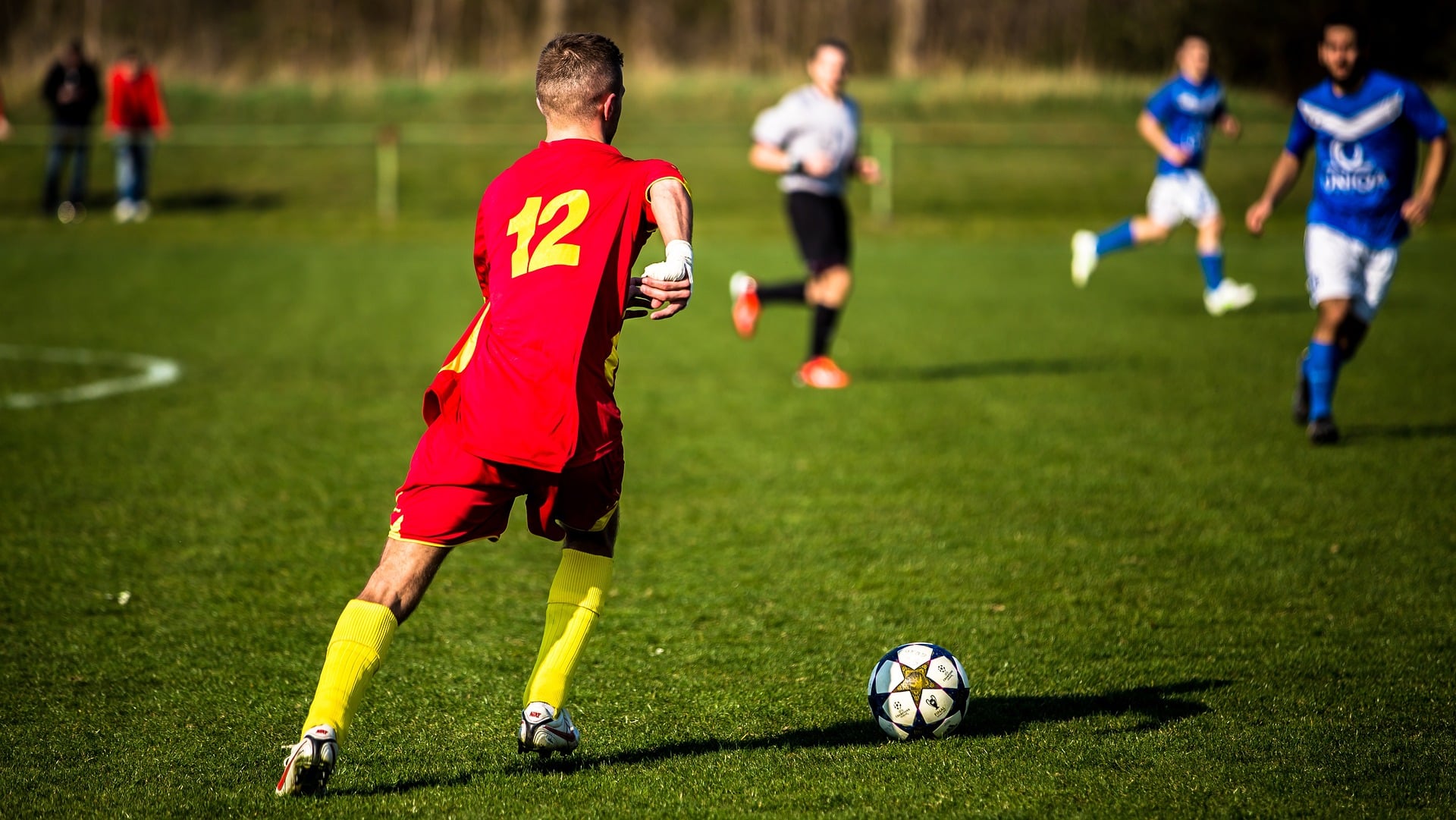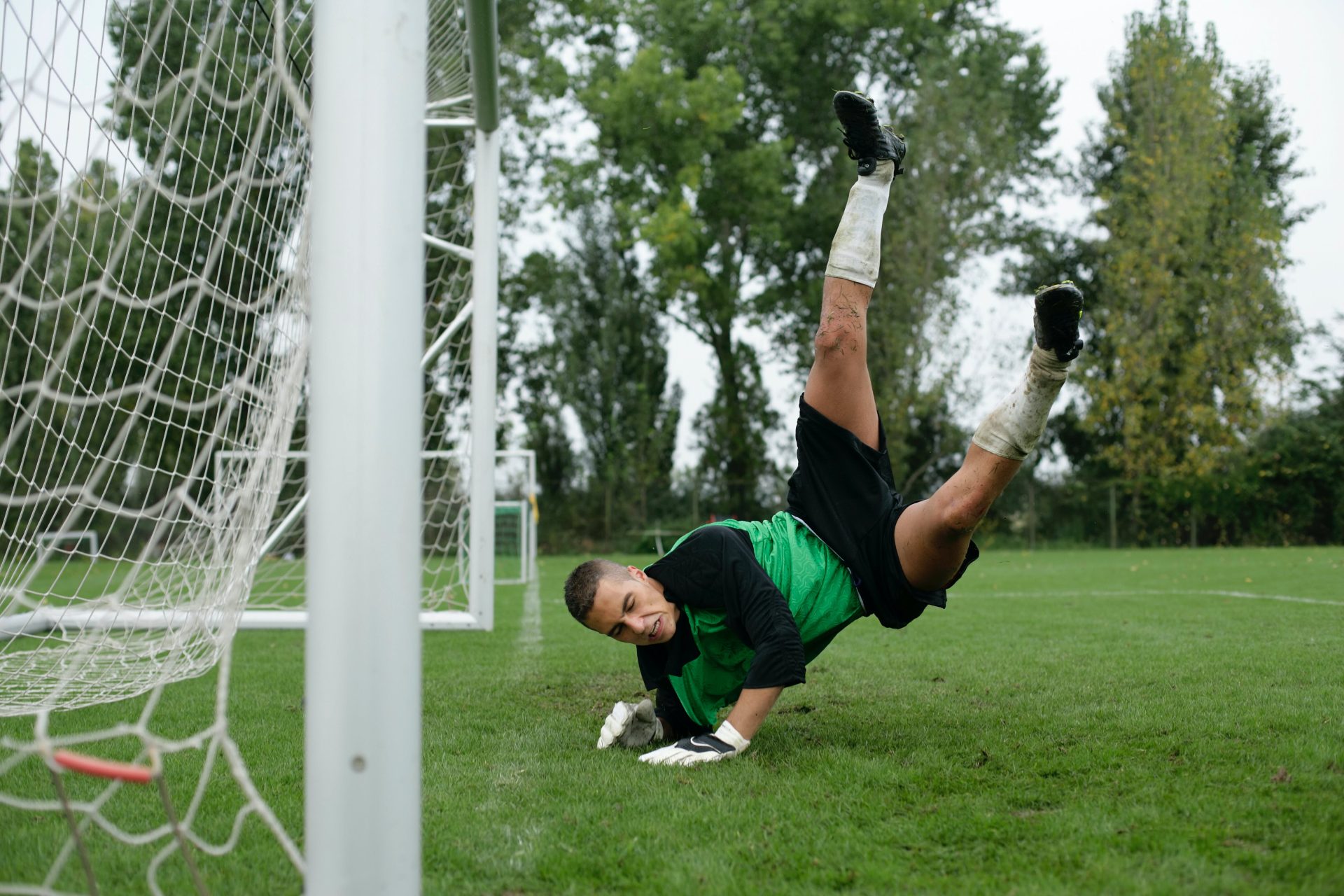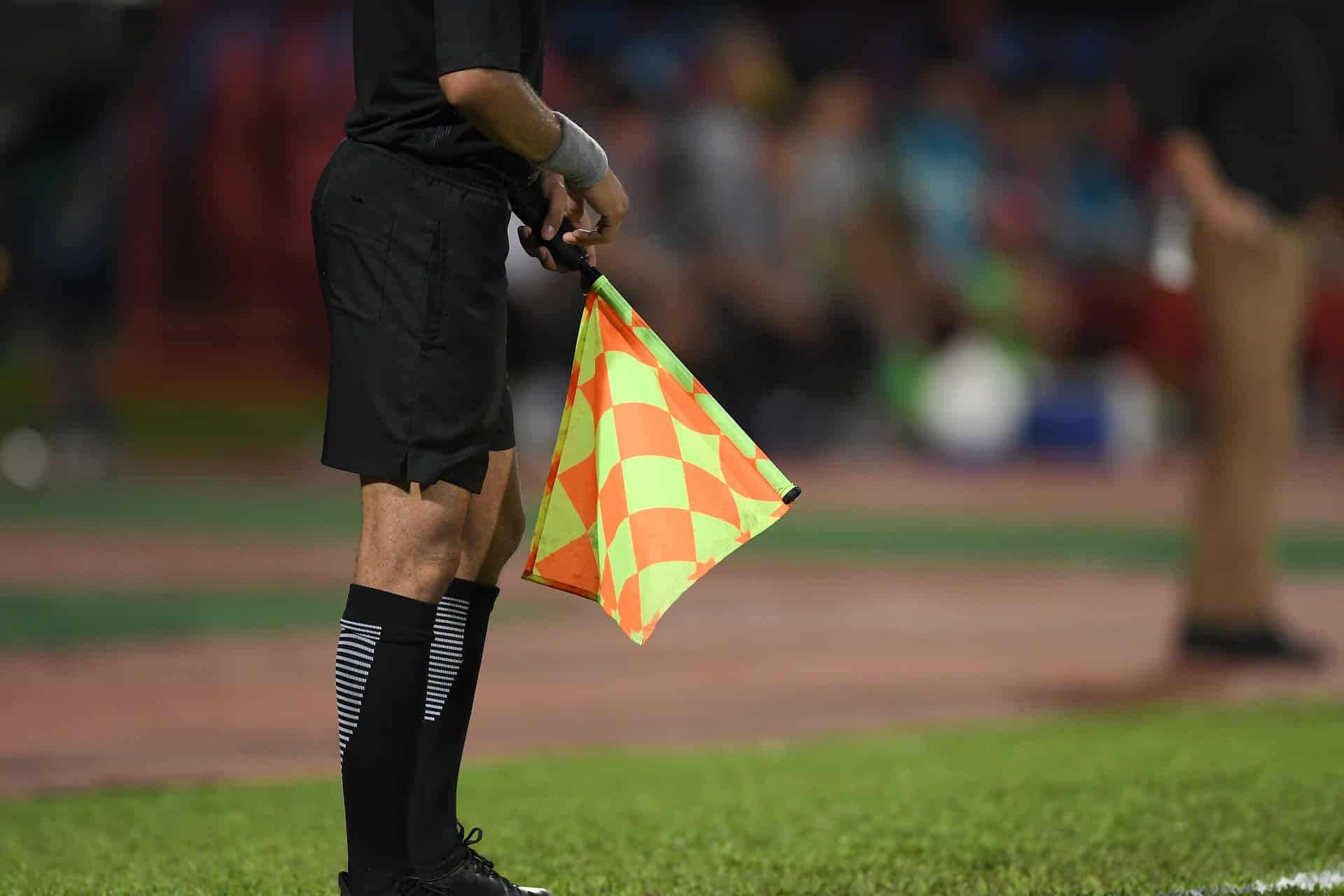What Is A Striker’s Role In Soccer?
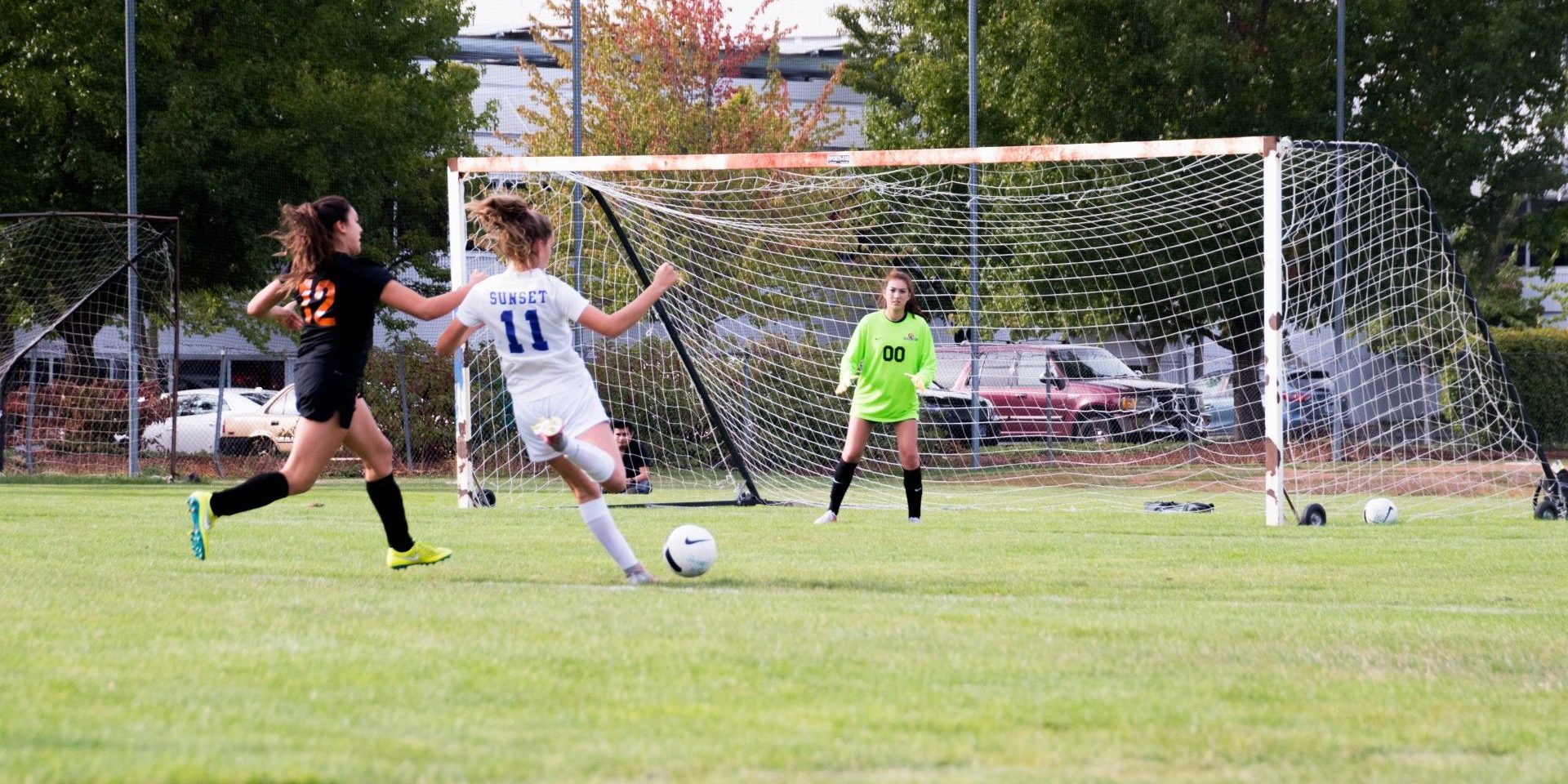
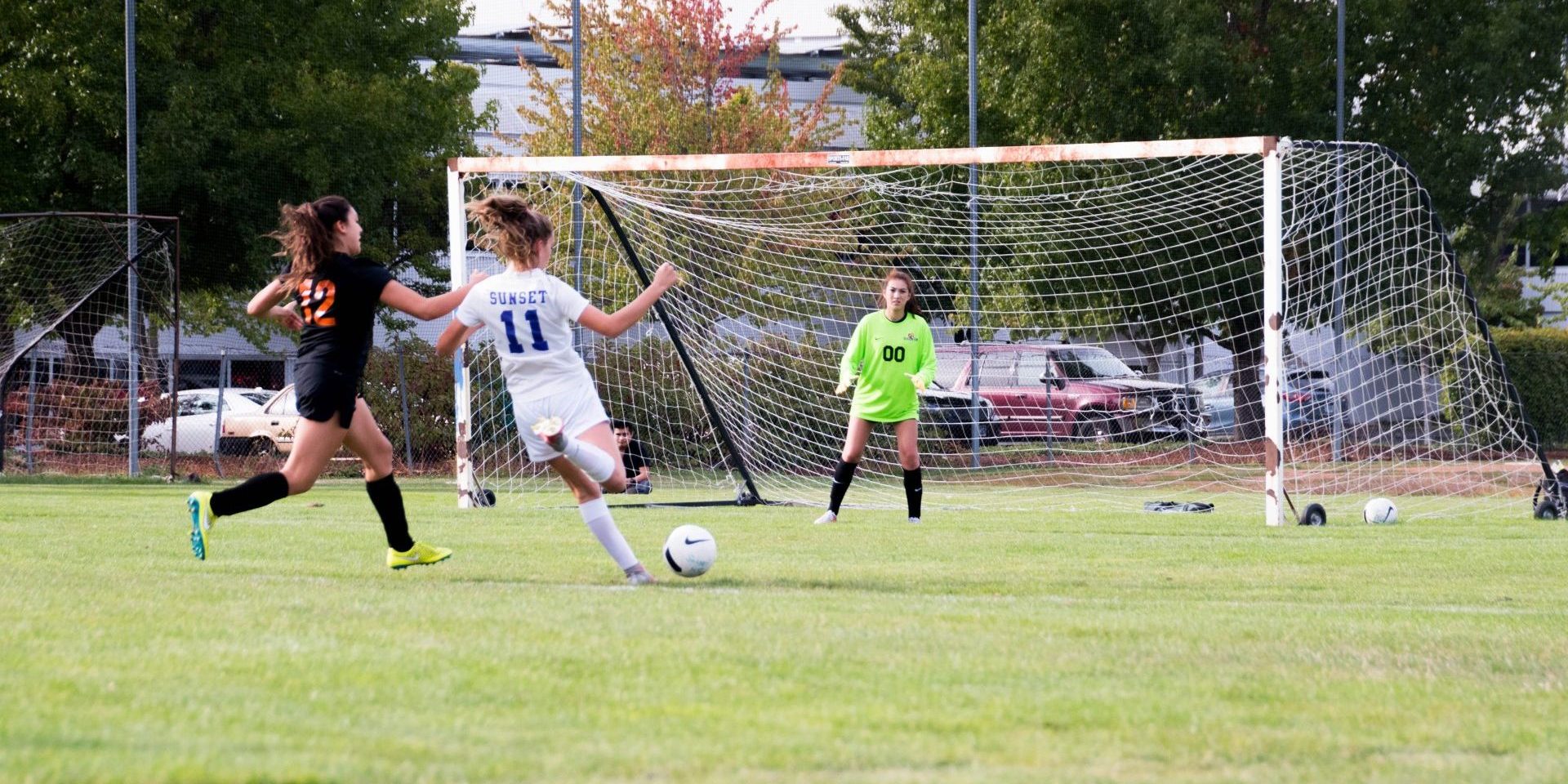
Table of Contents
In soccer, a striker occupies a pivotal role, serving as the pinnacle of the team’s attacking line. This player is essentially the team’s front-line offense, typically positioned closest to the opponent’s goal with a singular, all-important objective: to score goals. A striker’s skill set is diverse; they must exhibit impeccable shooting abilities, be adept at finding and creating scoring opportunities, and possess the kind of agility and speed that keeps opposing defenders on their toes. They are often seen as the team’s leading goal threat and are judged primarily on their ability to convert chances into goals.
The value of a striker extends beyond just their goal-scoring prowess. They are, in many formations, the first line of defense, instigating the press when the opposition is in possession. Their anticipation of where the ball will end up or their ability to read the game is crucial not just for launching attacks but also for disrupting the opponent’s rhythm. Strikers must also exhibit strong technical skills, including ball control and the composure needed to remain unfazed in high-pressure situations. They must navigate tight spaces, outsmart defenders, and capitalize on every scoring opportunity that comes their way.
The role of a striker is shaped by the tactics employed by a team, which dictate their movement and positioning. A striker can operate as a lone front man, part of a duo, or even drop back slightly as a second striker, depending on the formation and strategic approach of their team. Their contributions are critical to the success of the team’s offensive endeavors, and as such, the role demands a player who is confident, intelligent in their movement, and technically proficient with the ball at their feet.
Understanding the Striker Position
The striker plays a pivotal role in defining a soccer team’s scoring potential through strategic positioning and a sharp focus on goal-scoring.
Role and Responsibilities
The primary responsibility of a striker, also known as the center forward or the number 9, is to score goals. They spearhead the attack and apply the finishing touch to the offensive plays created by their teammates. They must also possess the ability to hold up play, allowing their team to advance upfield and support the attack.
Positioning and Movement
A striker thrives in the opponent’s half of the field, constantly on the move to evade defenders and remain ready to receive the ball. Their movement is crucial in creating space and chances to score. They often begin at the midfield line and tend to stay toward the opponent’s goal, positioning themselves where they can capitalize on scoring opportunities.
Types of Strikers
Strikers vary in their playing style:
- The Lone Striker: Often deployed when a team plays with a single striker formation, this player must combine physical presence with technical skills to lead the line.
- The Target Man: Characterized by size and strength, their job is to bring other players into play by holding up the ball and winning aerial challenges.
- The Poacher: Known for instinctive play, remaining close to the goal, ready to exploit any errors or loose balls to score.
- The Second Striker: Usually plays off the main forward or target man. They are more versatile and often drop deeper to collect the ball or create chances for others.
In every type, the striker must demonstrate agility and precision to ensure their team’s success on the field.
Key Skills and Attributes
A soccer striker requires a combination of technical prowess and mental acuity to excel. Essential to their role are polished ball control, an ability to create scoring opportunities, and proficiency in finishing with lethal accuracy.
Ball Control and First Touch
Strikers must exhibit exceptional ball control to maintain possession under pressure. A first touch that is both delicate and precise sets the tone for successful plays, enabling strikers to hold the ball, turn, and either shoot or pass effectively.
- Skills: Mastery in trapping and guiding the ball in tight spaces.
- First Touch: Essential for instantly reducing ball speed to a controllable level.
Passing and Creating Chances
The ability to create chances is as crucial as scoring. Strikers should possess a keen vision for openings in the defense and the decision-making skills to execute passes that dissect opponents.
- Passing: Utilizing short and long passes to find teammates in advantageous positions.
- Creating Chances: Opening up play and delivering key passes to set up goals.
Shooting and Finishing
Shooting combines strength, speed, and accuracy to convert opportunities into goals. Finishing is the art of placing the ball out of a goalkeeper’s reach with calculated strikes.
- Shooting: Powerful and directed towards the goal with intent to score.
- Finishing: The final touch that ensures the ball crosses the goal line.
The Striker’s Impact on the Team
The striker serves as a pivotal figure in orchestrating offensive plays and converting opportunities into goals, which directly influences a team’s success in the match. They embody the focal point of the attack, blending skillful ball control with intelligent play to break through defensive lines.
Working with Midfielders and Wingers
Strikers collaborate closely with midfielders and wingers to create scoring chances. They rely on accurate passes from midfielders to find openings in the opponent’s defense. Control of the ball and agile movements allow strikers to maintain possession and set the pace of the play. Wingers supply crosses into the forward position, where strikers execute their primary role—finishing with precision to translate these efforts into goals.
- Interaction with Midfielders:
- Receiving passes
- Holding up play
- Working with Wingers:
- Converting crosses
- Exploiting wide deliveries
Interaction with Defenders and Goalkeepers
While their main task is to score, strikers also play a part in the team’s defensive duties. They press opposing defenders, forcing errors and interceptions that can lead to goal-scoring opportunities. In doing so, they indirectly interact with goalkeepers by shaping the way defenders play the ball back, potentially leading to mistakes the striker can capitalize on.
- Pressing:
- Forcing defensive errors
- Counterplay:
- Seizing goalkeeper miscalculations
Leadership and Mental Fortitude
A striker’s leadership on the field can be as influential as their skill set. Leading the attacking players by example, they often help maintain the team’s morale and focus. Their mental fortitude is critical, especially when the team is trailing or under pressure. Intelligence in choosing whether to hold the ball, pass, or go for goal directly affects the team’s dynamic and can shift the momentum of a game.
- Leadership Qualities:
- Inspiring attacking play
- Sustaining team morale
- Mental Attributes:
- Composure under pressure
- Decision-making capabilities
Improving as a Striker
Becoming a better striker involves a combination of consistent training, practice, and studying the playstyles of the greatest forwards in the game. This section outlines specific strategies to enhance a striker’s skill set, maximizing their goal-scoring potential and on-field effectiveness.
Training and Practice
Regular, deliberate training is fundamental for any striker aiming to improve their game. Strikers should concentrate on the following areas:
- Finishing: Sharpening finishing skills through repetitive shooting drills from various angles and positions within the box can significantly enhance a player’s goal-scoring ability.
- Movement: Practicing off-the-ball movement to find space in the defense allows a striker to receive the ball in more advantageous positions.
- Physical fitness: Improving speed, strength, and agility through targeted exercises helps a striker outmaneuver defenders and maintain stamina throughout a match.
| Training Tips | Description |
|---|---|
| Drill Variability | Include a mix of drills that replicate match scenarios. |
| Progressive Overload | Gradually increase the difficulty and intensity of training sessions. |
| Recovery | Ensure adequate rest and recovery to prevent injury and facilitate muscle growth. |
Analyzing Great Strikers
Studying elite strikers gives invaluable insights into successful strategies and techniques. Analyzing players like Cristiano Ronaldo and Lionel Messi offers lessons in exceptional goal-scoring traits and movements. Attention should be paid to the following:
- Positioning and Spacing: Observe how strikers like Harry Kane and Robert Lewandowski position themselves to receive passes and create shooting opportunities.
- Decision Making: Review how Erling Haaland and Thierry Henry make split-second decisions in the box to shoot or pass.
- Technique: Learn from the striking techniques employed by the greats, noticing the composure and confidence they maintain in high-pressure situations.
By emulating the training habits and playing styles of storied strikers, one can apply these insights in practice, leading to tangible improvements in their own performance.

